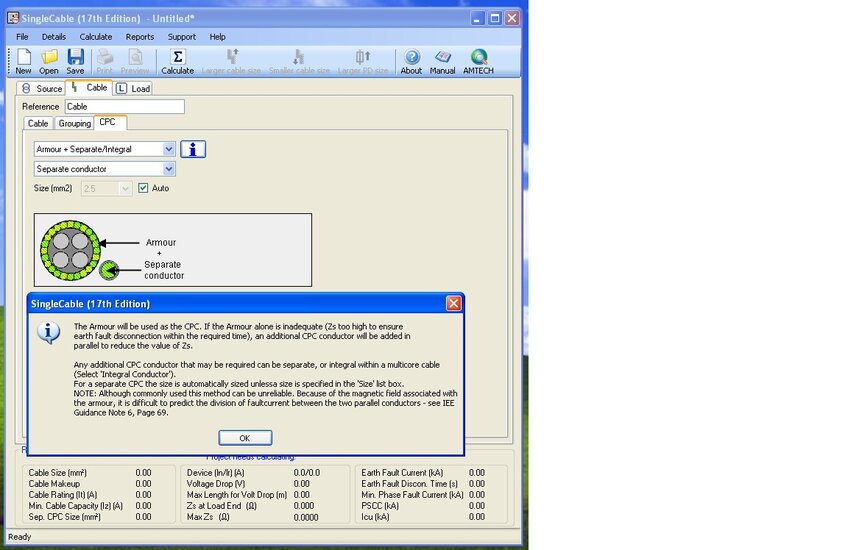N
Nicc
Hi all, brilliant forum and loads of useful and interesting information.
An example question wrt cables in parallel: If you happened across an installation with a 10mm earth cable and wanted to uprate it to 16mm; what is to stop you placing another 10mm in parallel, all marked up with 'safety earth connection etc etc', and routed and terminated in the same places?
I just wondered where in the regs it expands on this or whether it is acceptable? Havent been able to find anything myself on this as yet.
Thanks in advance.
An example question wrt cables in parallel: If you happened across an installation with a 10mm earth cable and wanted to uprate it to 16mm; what is to stop you placing another 10mm in parallel, all marked up with 'safety earth connection etc etc', and routed and terminated in the same places?
I just wondered where in the regs it expands on this or whether it is acceptable? Havent been able to find anything myself on this as yet.
Thanks in advance.










